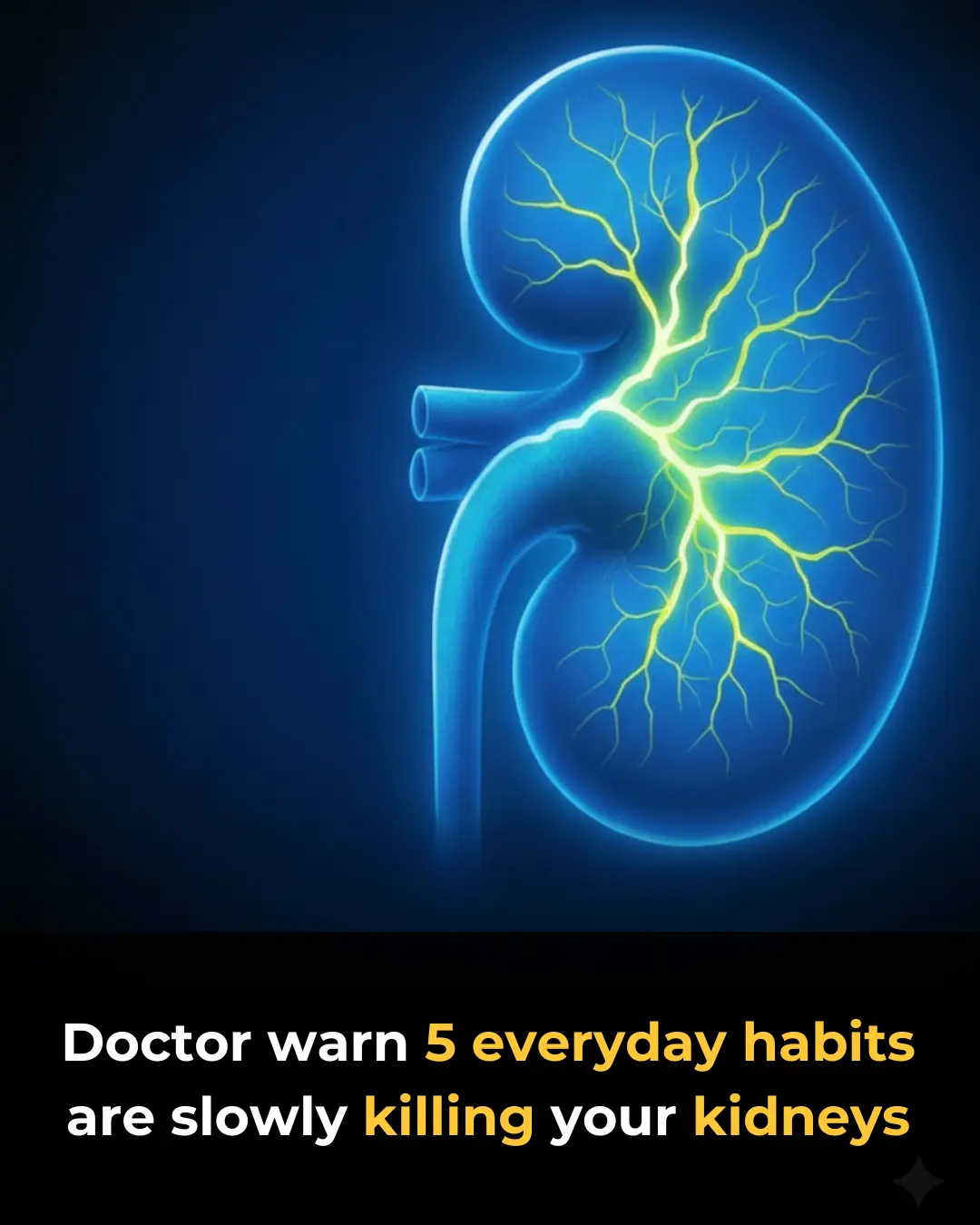
93% of people won’t do this yet it lowers blood pressure quickly

Do you ever feel your heart pounding and your palms sweating when you step into a doctor’s office? You’re not alone! Many people experience what’s called “white coat syndrome,” where anxiety spikes, blood pressure rises, and the whole experience becomes unsettling. But here’s the good news: There’s a simple deep breathing method you can use to calm your nerves, lower your blood pressure, and boost your physical and mental health—whether you’re at the doctor’s, facing stress at work, or just winding down for the day. Let’s explore how you can take control of your wellbeing in just five minutes a day. (Based on the insights of Adam J. Story, DC)
Key Takeaways:
- Deep breathing through your nose generates nitric oxide, which relaxes blood vessels and naturally reduces blood pressure.
- Just five minutes of focused breathing can settle nerves and counteract anxiety at the doctor’s office and beyond.
- Consistent practice—about as often as you brush your teeth—can help maintain calm and support healthy blood pressure.
- The technique is simple, accessible, and backed by experience from years of medical practice.
1. Anxiety at the Doctor’s Office Is More Common Than You Think
If you’ve ever felt tense or rushed during a doctor’s visit, you’re in good company! Doctors themselves admit to feeling a bit uneasy when they’re in the exam chair. White coat syndrome isn’t just a legend; it’s a real response where anxiety sends your blood pressure soaring, sometimes leading to unnecessary medication or concern.
2. Why Deep Breathing Works: The Science Behind It
Breathing deeply through your nose isn’t just about “taking a breather.” When you inhale this way, your nose’s sensors signal your body to release nitric oxide—a natural molecule that relaxes blood vessels, expands them, and helps lower your blood pressure. This isn’t just a relaxing ritual; it’s science at work!
3. A Step-by-Step Guide To Deep Breathing For Stress and Blood Pressure

Ready to try it? Here’s how:
- Find a comfortable seat or lie down. Put your phone aside, but you might want to set a five-minute timer (without staring at it).
- Inhale deeply through your nose. Fill your lungs as if you’re about to take a long swim underwater—maximize your oxygen!
- Release the air slowly out through your mouth, like you’re letting air out of a balloon. Let it flow naturally.
- While exhaling, let your shoulders drop and relax, as if you’re shaking water off after a swim.
- Repeat this for 30 cycles (about five minutes). The goal is relaxation, not rapid breathing.
4. Timing and Frequency: How Much Is Enough?
How often should you do this? A great way to remember: Practice deep breathing once or twice a day—just like you brush your teeth. Infrequent practice is OK, but more regular sessions give better results.
You can also use this method whenever you notice stress creeping in. Before a doctor’s appointment, let staff know you need five minutes to relax. Almost all will understand, and you’ll be amazed at how much calmer and healthier you’ll feel.
5. Don’t Rush or Overthink the Process
There’s no need to hyperventilate or stress about doing it perfectly. The point is relaxation. Gentle, full breathing helps your body do what it does best—regulate itself naturally. If you feel anxious, remember: even your doctor uses techniques like this! Relax, set a gentle pace, and let go.
6. White Coat Syndrome Is Manageable—No Medication Needed
Many people have normal blood pressure at home but high readings at the doctor’s due to nerves. By taking just five minutes for deep breathing beforehand, you may avoid unnecessary worry or medications. Next time you’re at the doctor’s, ask for a few minutes before your blood pressure check—chances are, you’ll see a difference for the better.
7. What If You Can’t Breathe Through Your Nose?
Most folks can breathe through the nose, but if you can’t, don’t worry—just breathe as deeply as you can with whatever method works. Any deep, slow, intentional breathing is better than none.
8. When Should You Use Deep Breathing?
Besides before doctor’s visits, try this technique:
- When you feel anxious or tense during the day
- Before big meetings, presentations, or stressful conversations
- To help wind down in the evening
- When you wake up feeling jittery or uneased
It’s a portable tool—always ready and always free!
9. The Five-Minute “Reset” For Everyday Wellbeing
Think of deep breathing as a five-minute reset—a simple, powerful way to care for your body and mind every day. You brush your teeth to keep them healthy; why not “brush up” your stress level, too?
10. Talk To Your Doctor If You Have Concerns
Deep breathing is safe for almost everyone, but if you’re unsure, check with your doctor. Most will encourage anything that helps you relax—after all, staying calm is just as vital as staying healthy.
Deep breathing isn’t just for yoga lovers or stress gurus. It’s for you—the person who wants to feel better, lower anxiety, and support healthy blood pressure. Next time you’re facing a stressful moment, remember: all it takes is five minutes, 30 deep breaths, and a little bit of focus. Try it today and see the difference for yourself!
News in the same category

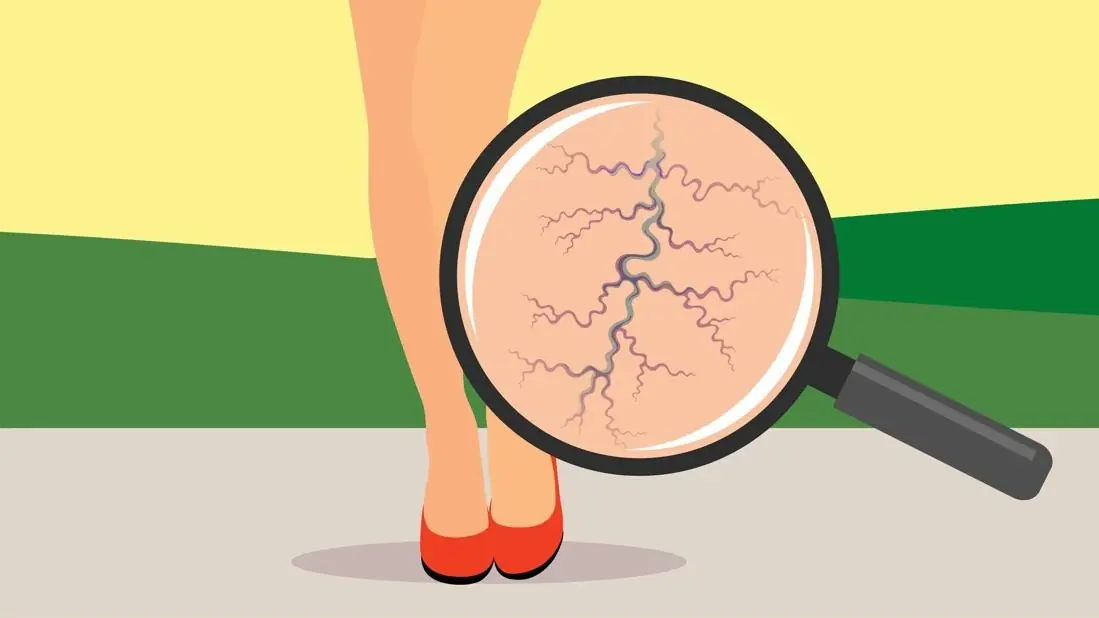
The Best Natural Remedies to Treat and Prevent Varicose Veins Effectively

People Who Do This Every Morning Have Better Circulation and More Energy

The hidden signs your body sends before diabetes strikes

The #1 FASTEST way to reverse fatty liver naturally

Could the bacteria in your nose be causing Alzheimer’s?

How to treat nerve pain in the foot, toes & legs

Bee venom wiped out 100% of aggressive breast cancer cells in just 6 hours
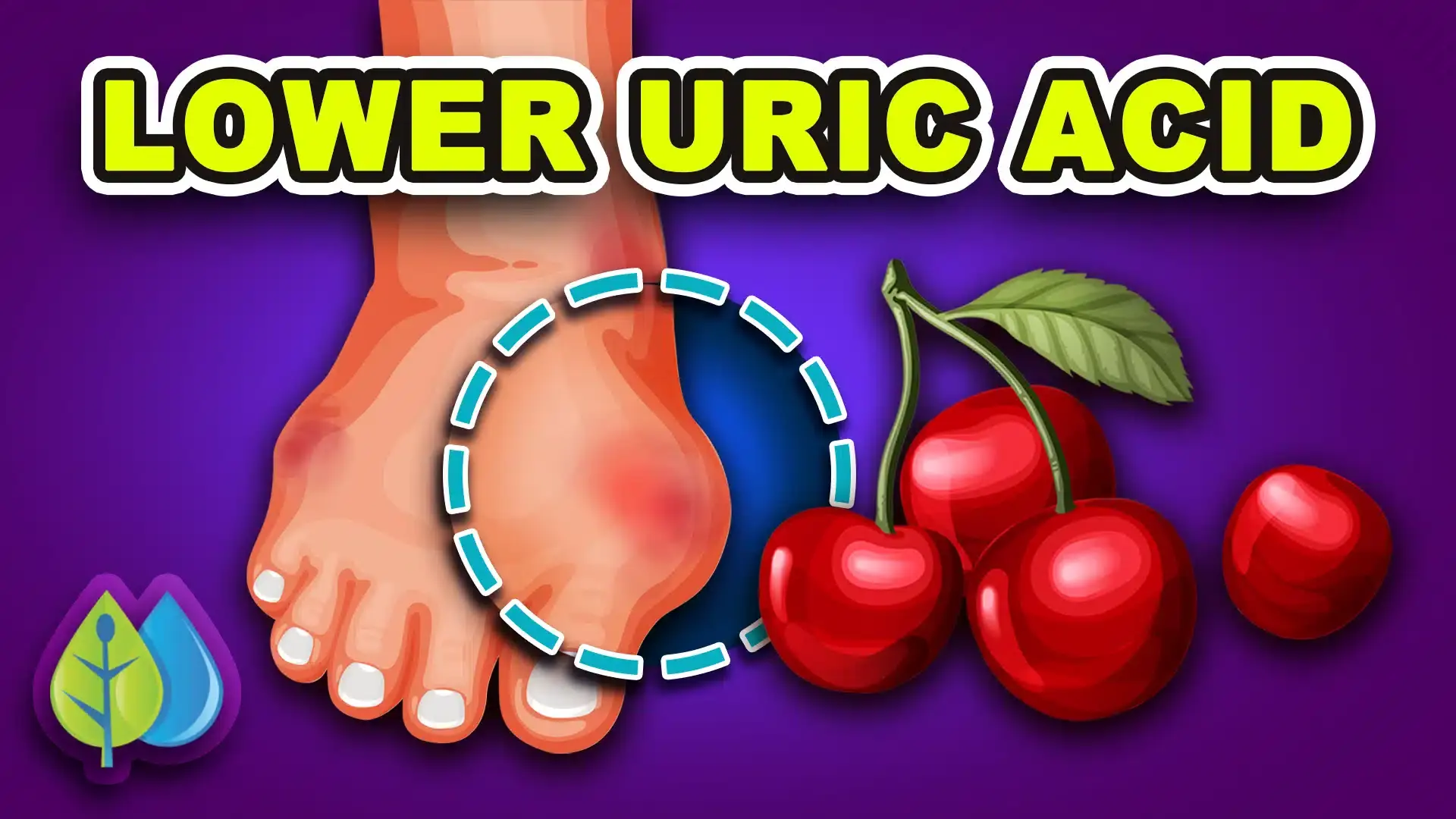
10 Ways to Lower Uric Acid Naturally

6 Foods That Can Drain Your Calcium and Weaken Bones

How to treat nerve pain in the foot, toes & legs …

Scientists identify the only two foods consistently linked to higher cancer risk

COULD THE BACTERIA IN YOUR NOSE BE CAUSING ALZHEIMER’S?

The Shocking Impact of Honey with Cloves on Your Health

Clear Your Lungs and Soothe Your Cough Naturally with Onion Remedy

Guava Leaf Tea: A Simple Habit With Powerful Health Benefits

The single move that instantly clears congestion and drains your sinuses

This common diabetes medication may undo the benefits of your workouts
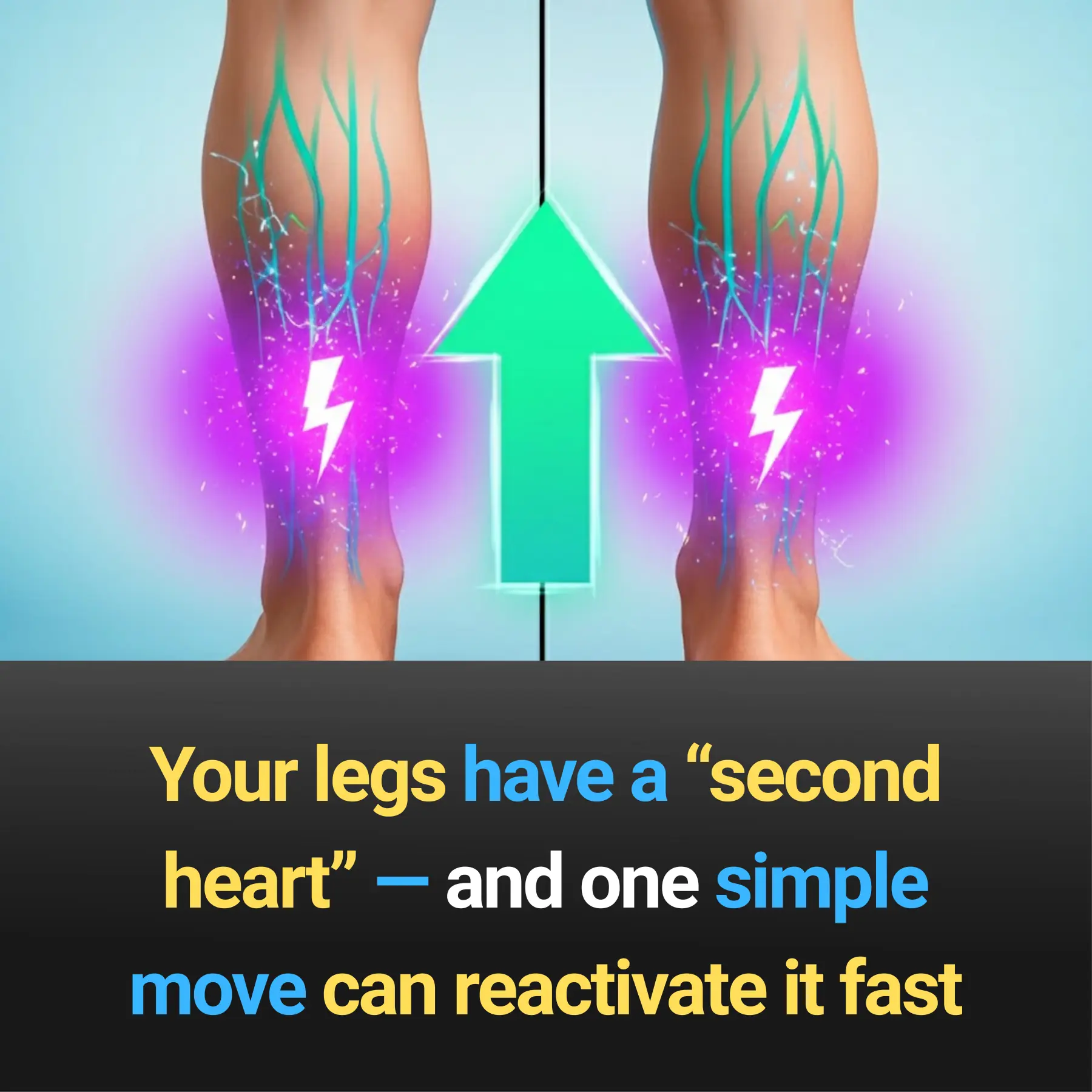
Your legs have a “second heart” — and one simple move can reactivate it fast
News Post

How Artists and Engineers Are Confusing Facial Recognition AI

Tesla Faces Slump: Over 10,000 Cybertrucks Remain Unsold Amid Weak Demand

Over a Million ‘Giant Eggs’ Discovered Near Deep-Sea Hydrothermal Vents

World’s First Full Human Eye Transplant Shows Promising Survival

How Childhood Trauma Shapes the Brain: Insights from Neuroscience

NASA Spots Giant Butterfly-Shaped Coronal Hole Sending Solar Wind Toward Earth

Doctors Warn: 5 Everyday Habits Slowly Damaging Your Kidneys

4 Items You Should Never Store in the Freezer — Ignoring Them Could Be Life-Threatening

Subtle Signs of Kidney Cancer That Are Easily Overlooked

It’s Time to SAVE YOUR KIDNEYS by Eating These 3 Foods: Familiar but Not Everyone Knows How to Use Them

U.S. doctor reveals how to remove pesticides and dirt from fruits — just a few simple steps to protect your family

You’re storing garlic and onions wrong — here’s the right way

The Day a Judge Broke Protocol to Protect a Child.

The Giant Who Rushed Home for a Bedtime Story.
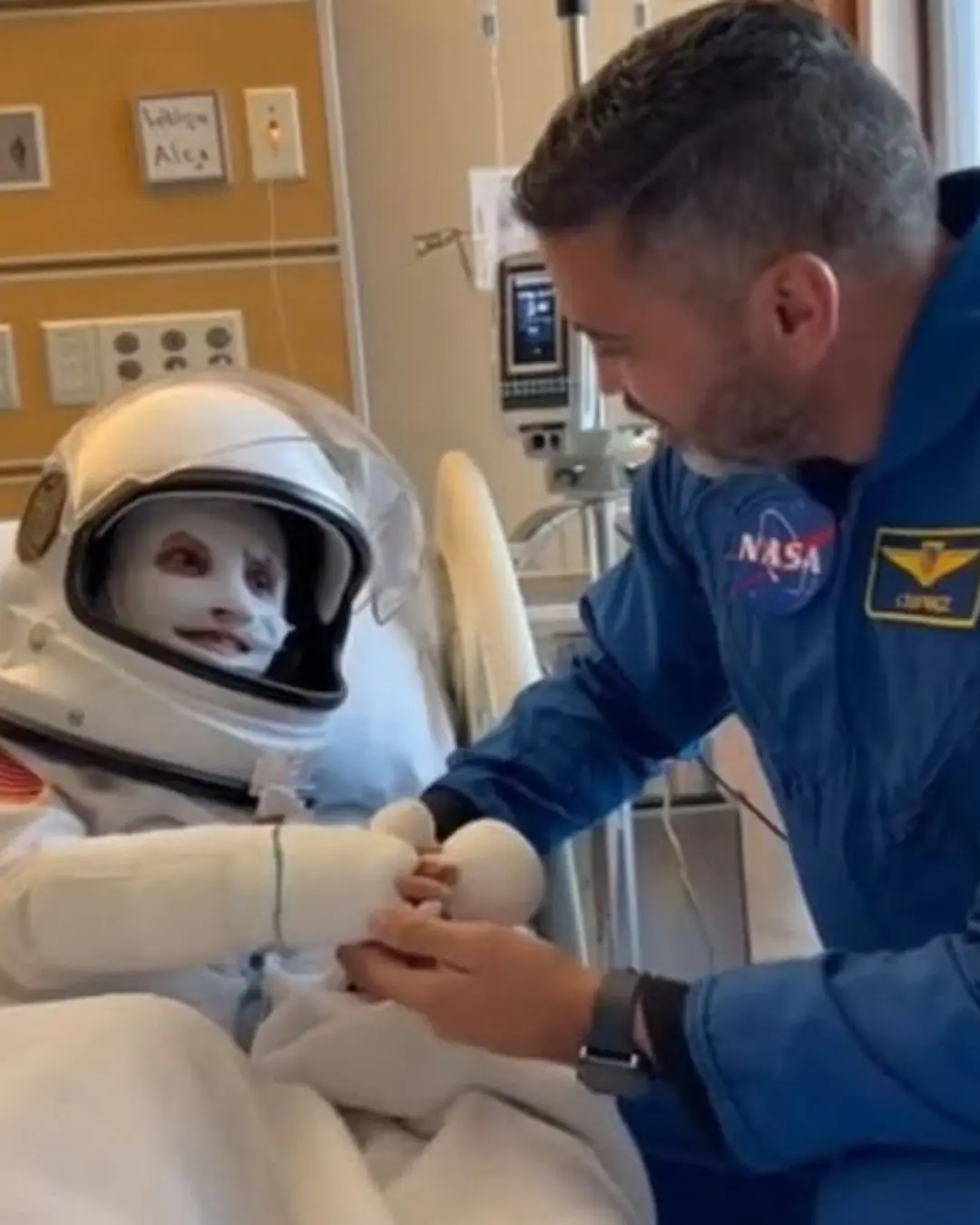
The Day a Burned Little Boy Met His Hero in Blue.

The Princess Who Saved Her Father.

The Mailman Who Became Her Shelter.

Forty-Eight Hours of a Mother’s Love.
